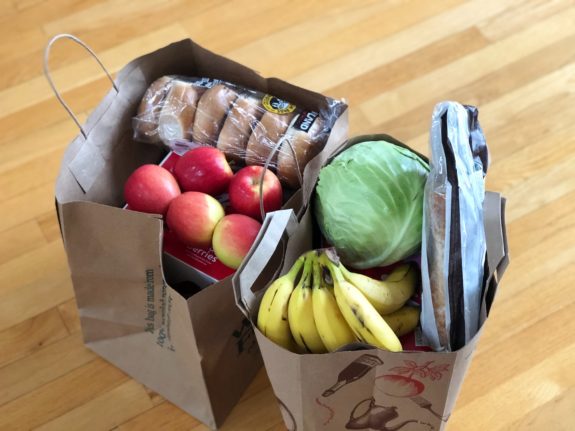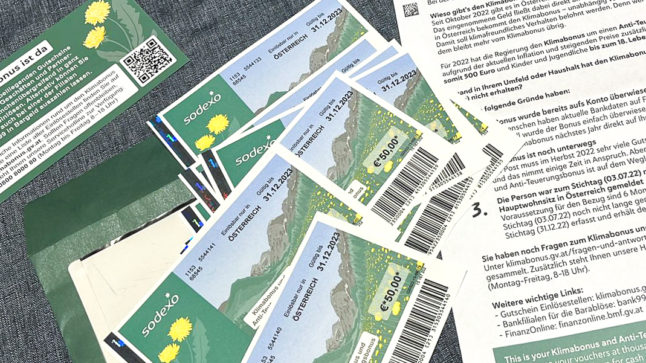Even before inflation rates hit double digits in Austria, the discount card JÖ was already very popular. In many supermarkets, drugstores and stores, you’ll hear the question “Haben Sie eine Jö Karte?” just when checking out.
They are referring to Austria’s largest discount and points card, with more than four million members, created by a company called Jö Bonus Club in 2018. The card can be used in so many establishments because the company was created as an independent company of the major REWE Group conglomerate in Austria.
That means that you can use the Jö Karte to redeem points at ADEG Kaufleute, Allianz, BAWAG, BILLA, BILLA PLUS, BILLA Reisen, BIPA, Interio, LIBRO, mjam, OMV, PAGRO DISKONT, PEARLE, PENNY, Universal, VERBUND and ZGONC, according to the club’s website.
READ ALSO: Why everything in Austria is closed on Sundays – and what to do instead
How does it work?
It’s not unlike other loyalty programs: the more you spend in the partner stores, the more points you accumulate. Each brand can choose how to convert euros to points. For example, you receive one point for every two euros spent in Billa and Billa Plus supermarkets.
When buying fuel at an OMV, every one or two litres (depending on the fuel type) will get you one point.
You can then redeem points for specific discounts in each store or reduce bills at the checkout by one euro for every 100 points accumulated. In addition, certain brands give Jö members advantages, such as discounts on car wash for 150 points at OMV, for example.
Points expire three years from the date credited to the Ö balance.
READ ALSO: COMPARED: Which supermarket is best in Austria?
How can I participate?
You can register for a free account on the official website. You will then receive a card at your home address, but you can also use the app to collect points, check your balance and get rewards.
Are there any privacy concerns?
Well, yes. In late 2022, criminals could hack into the Jö-Bonus Club and get access to 18,000 accounts using email addresses and passwords they had stolen from other sources. In 75 cases, they made purchases with stolen bonus points. At the time, the company apologised and asked customers to change their passwords.
Additionally, Austrian media has already reported on privacy concerns of discount cards. In order to accumulate points, the consumer gives companies access to their email addresses and history of purchases, which can be used to create a consumer profile.
READ ALSO: EXPLAINED: 10 ways to save money on your groceries in Austria
An ORF report highlighted that discounts are often “priced in” by the companies, meaning that consumers usually find many products in other stores that cost the same as the discounted offers. They can also find additional discounts that they can anonymously use, such as discount stamps offered by Spar which can help consumers save up to 20 percent on a purchase.
The report brought tips that can help you stay safe if you choose to participate in Jö Club or other loyalty programs.
First, don’t repeat passwords; use a password manager to create a strong one you won’t use again on other sites. You can also use a fake or alternative email address instead of your main one – and skip any unnecessary information boxes, such as your phone number or address, whenever possible.



 Please whitelist us to continue reading.
Please whitelist us to continue reading.
Member comments